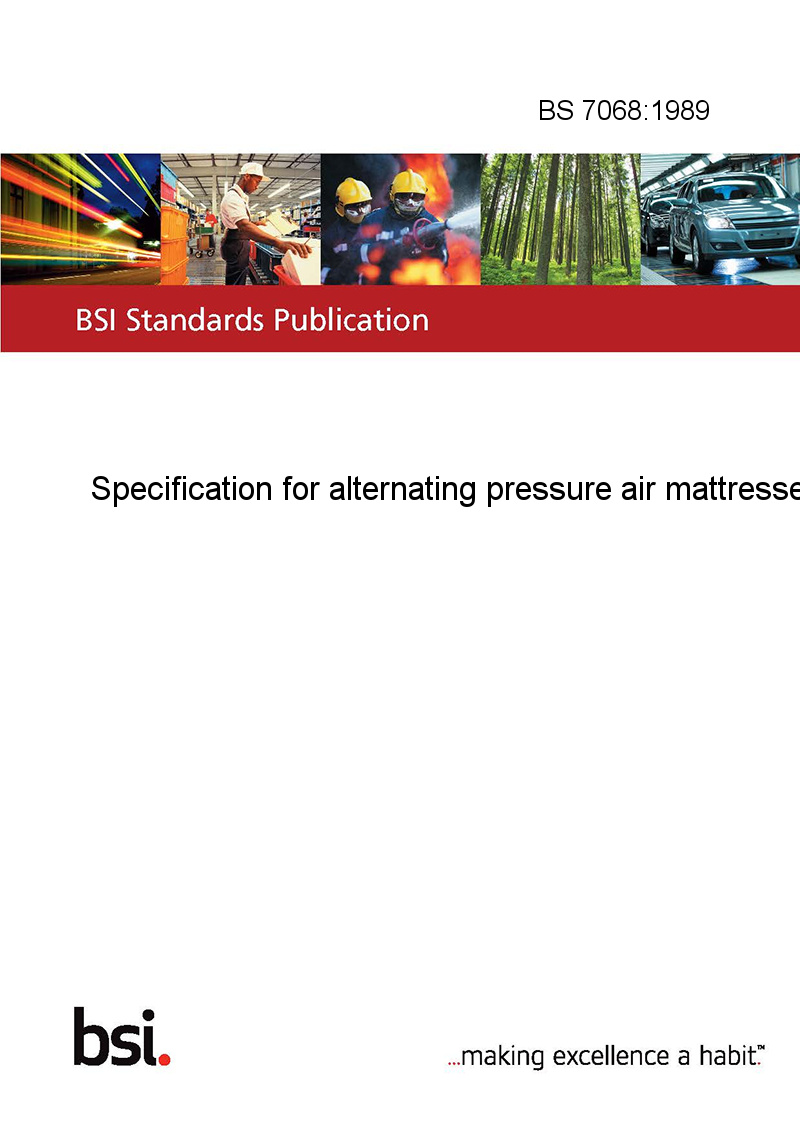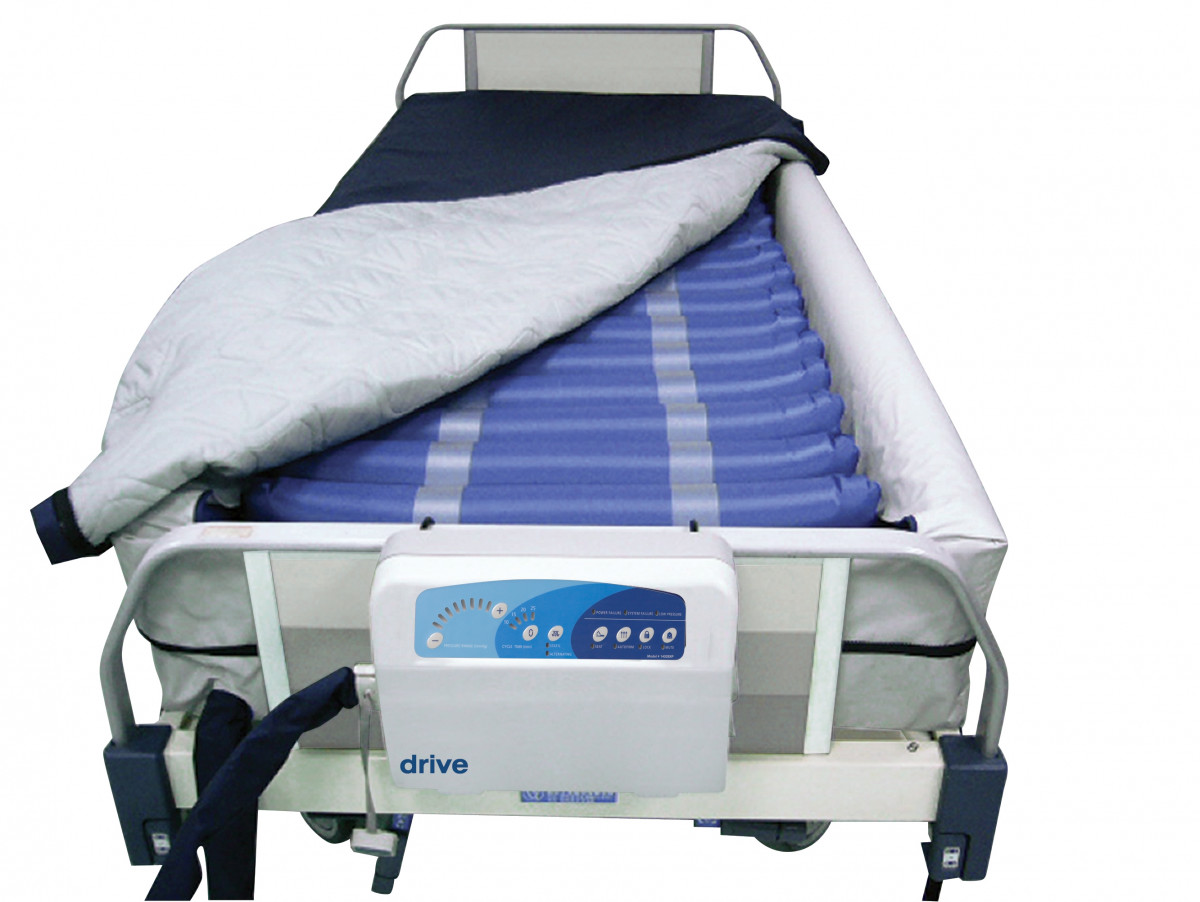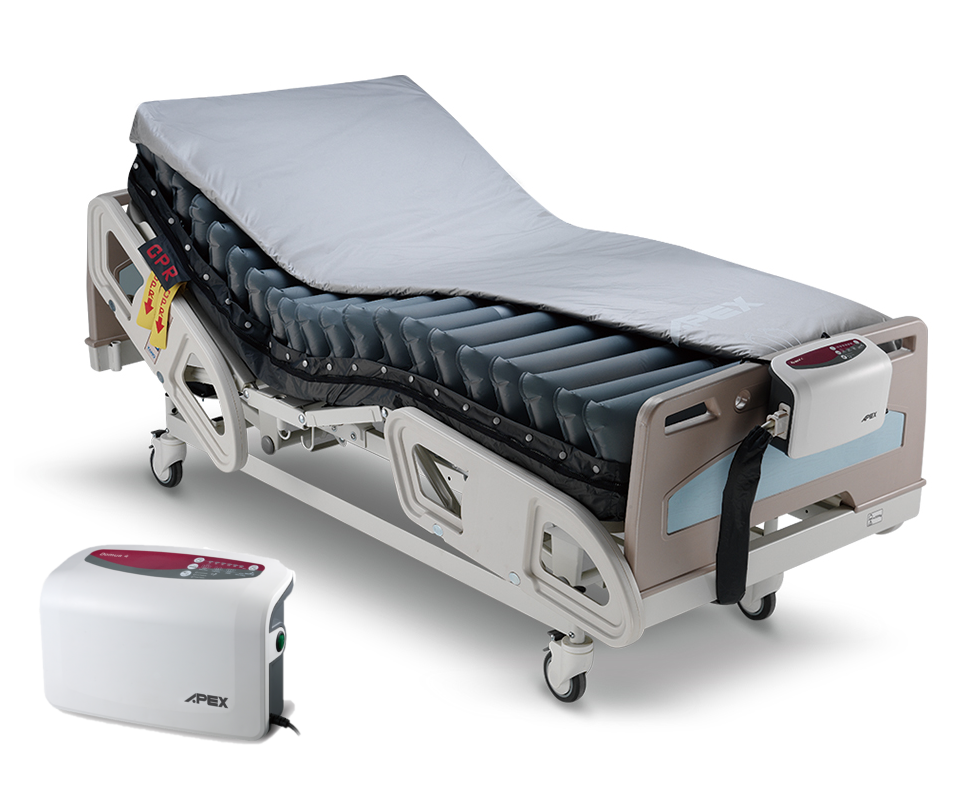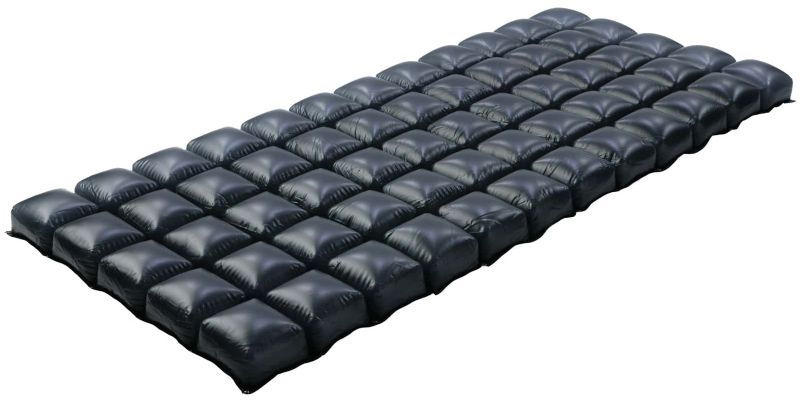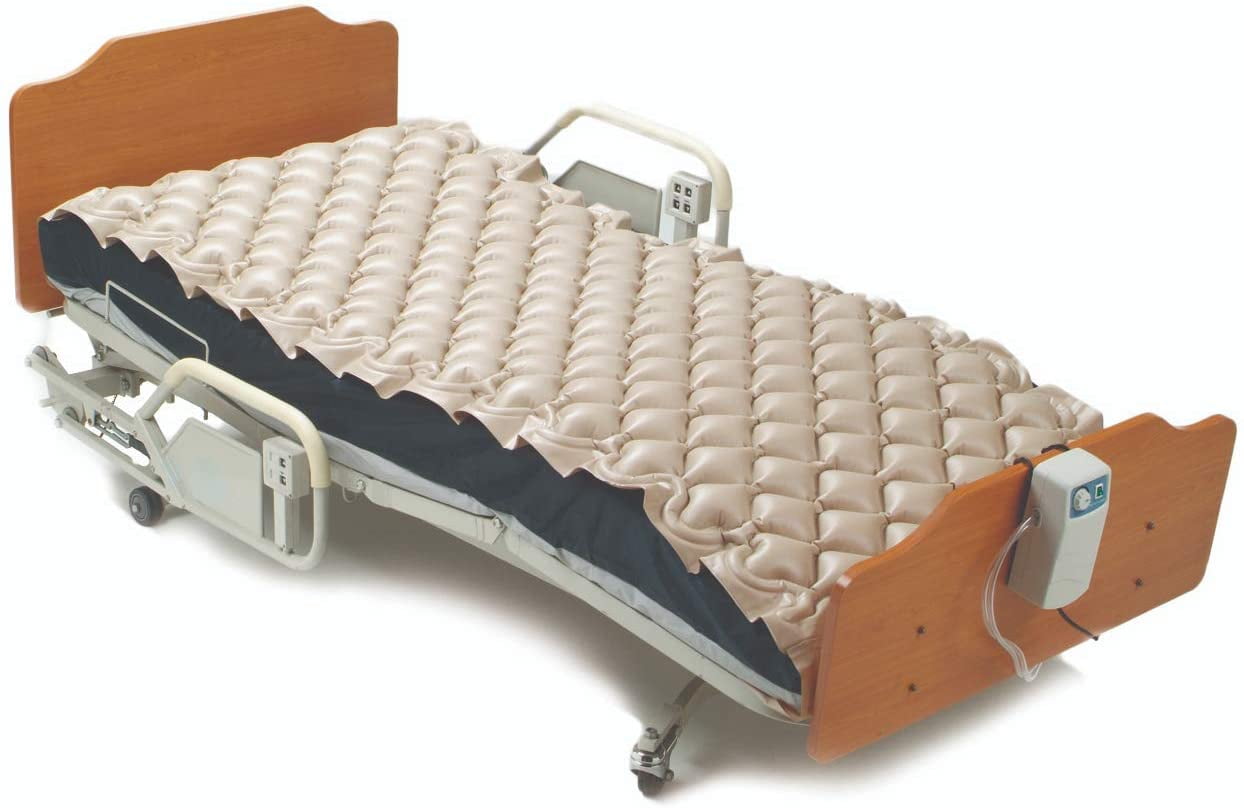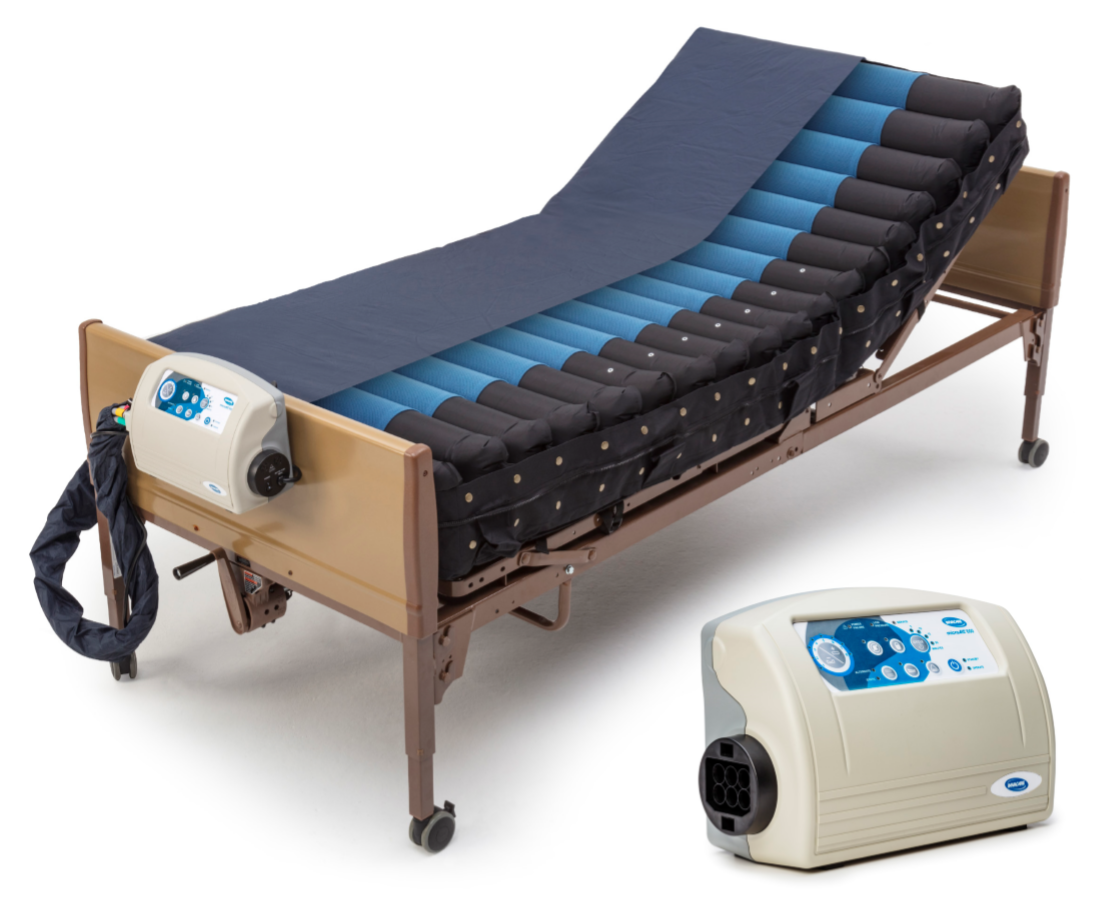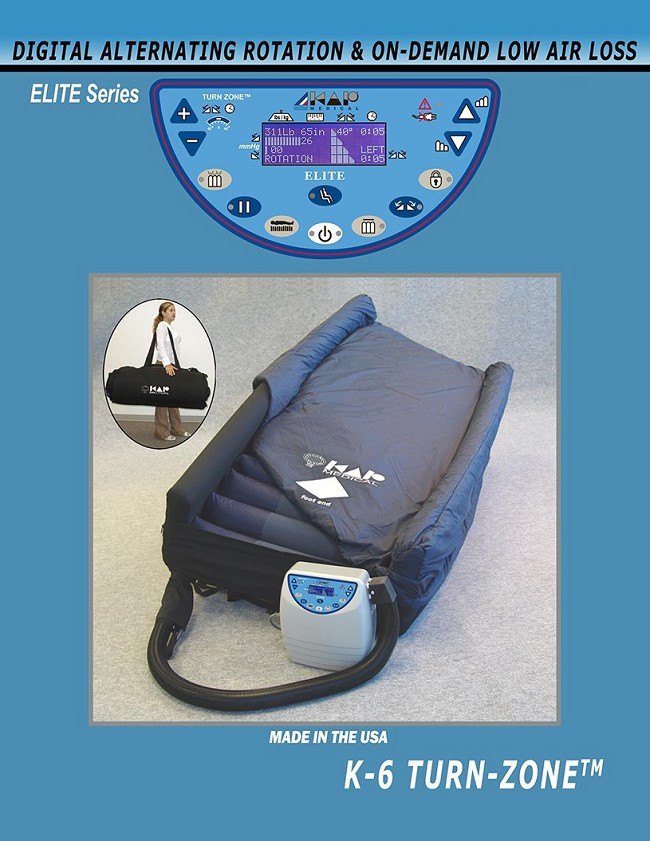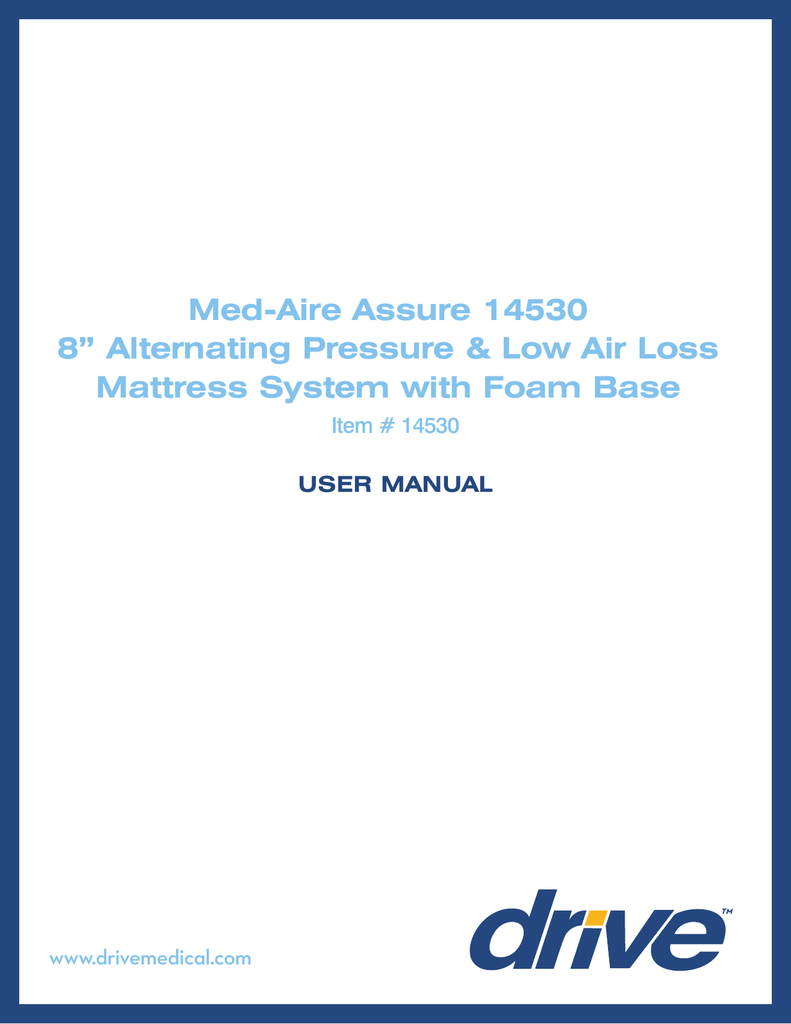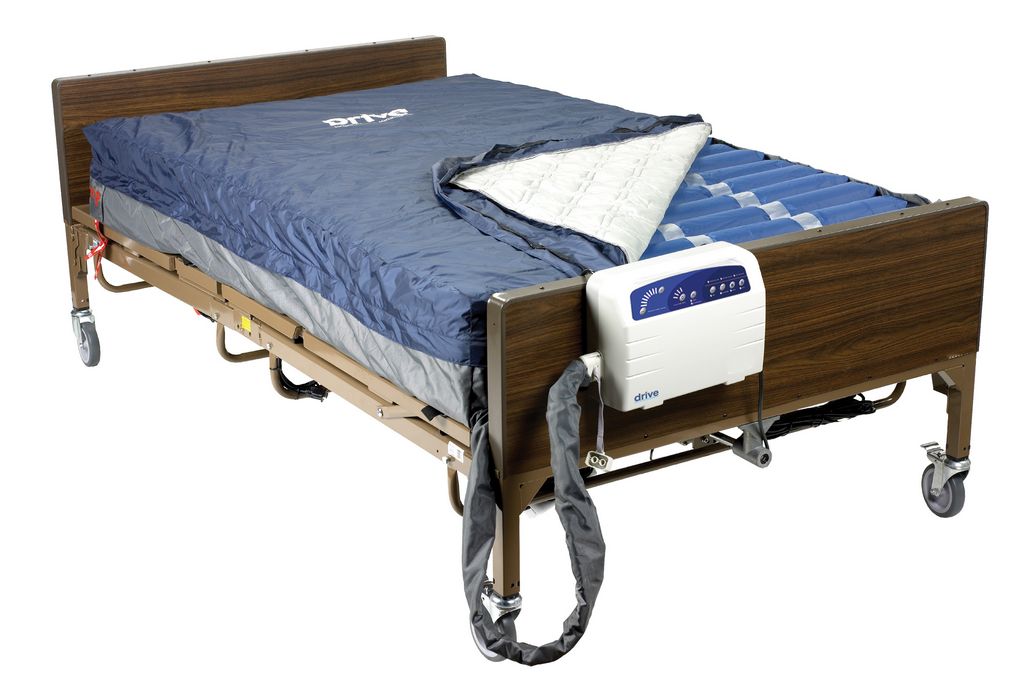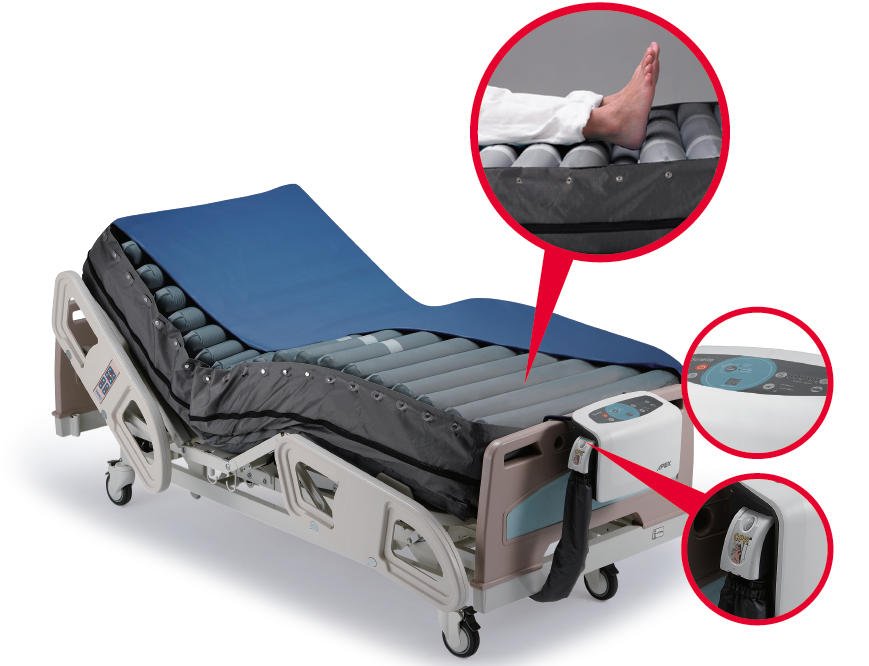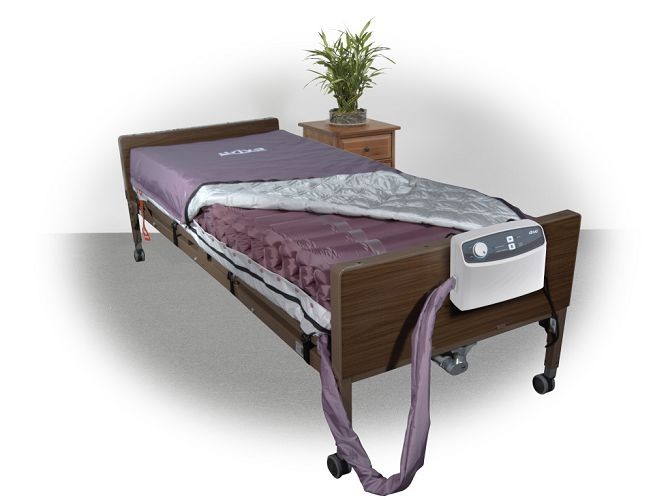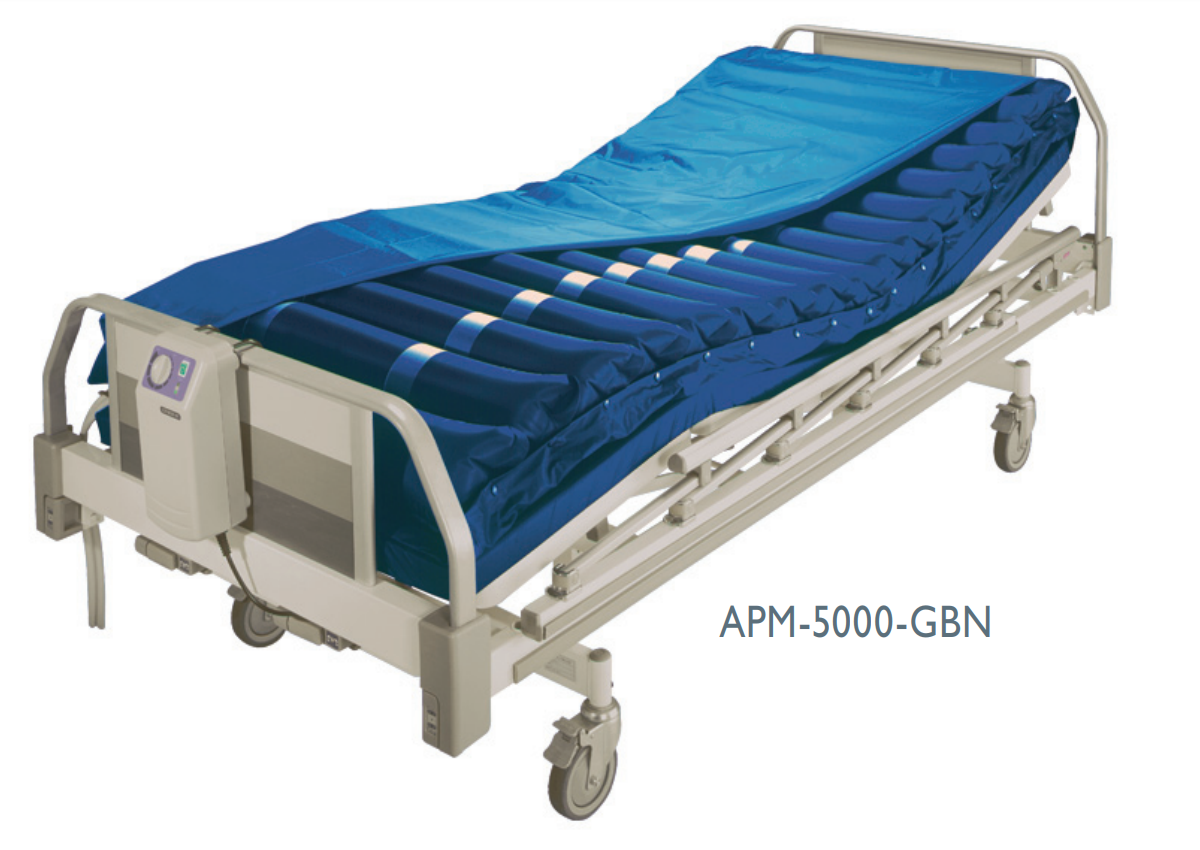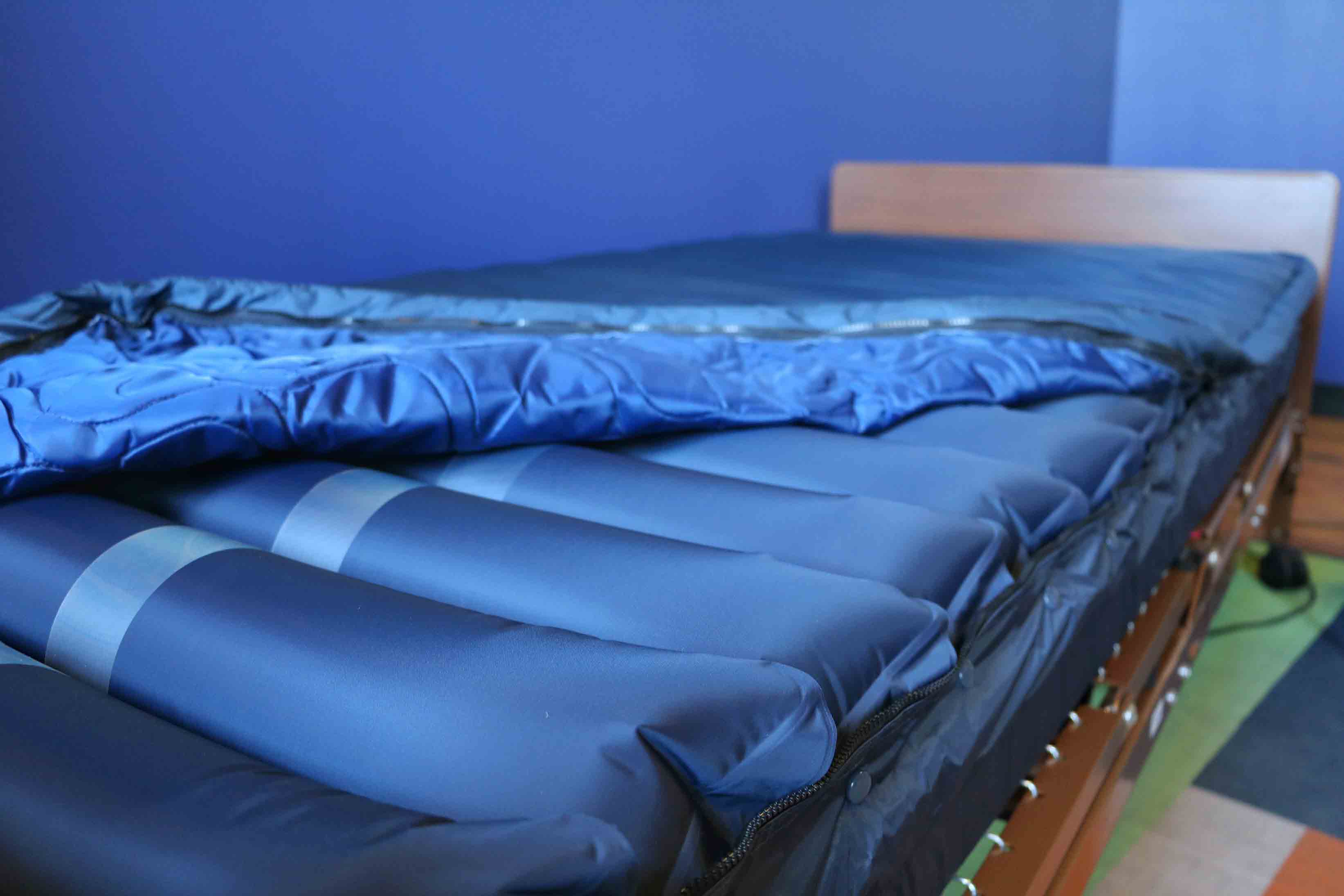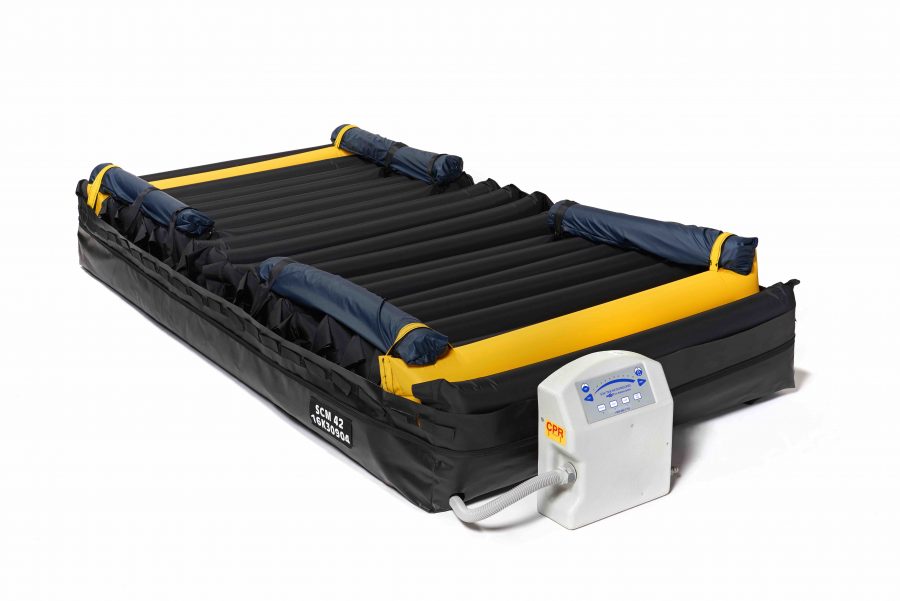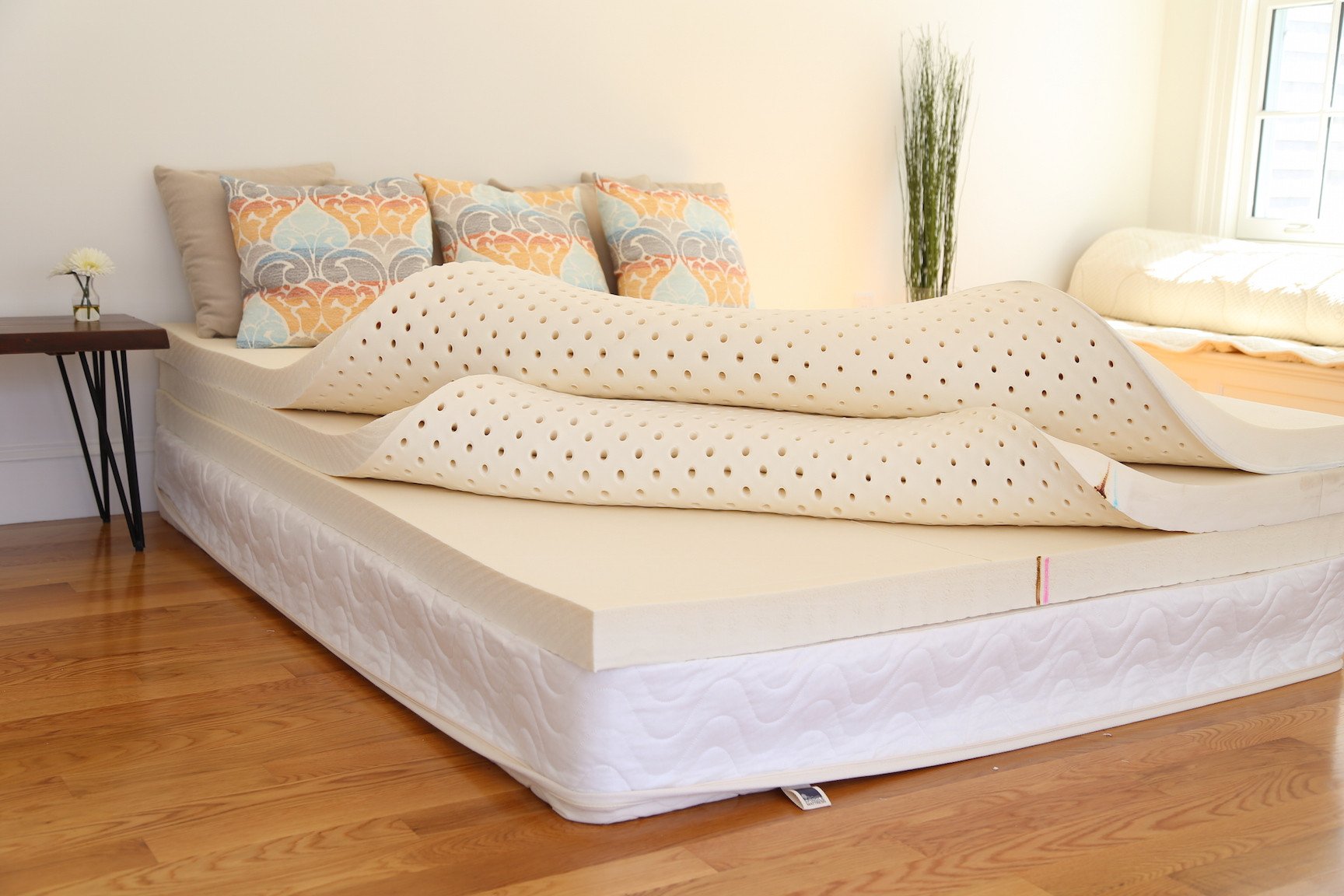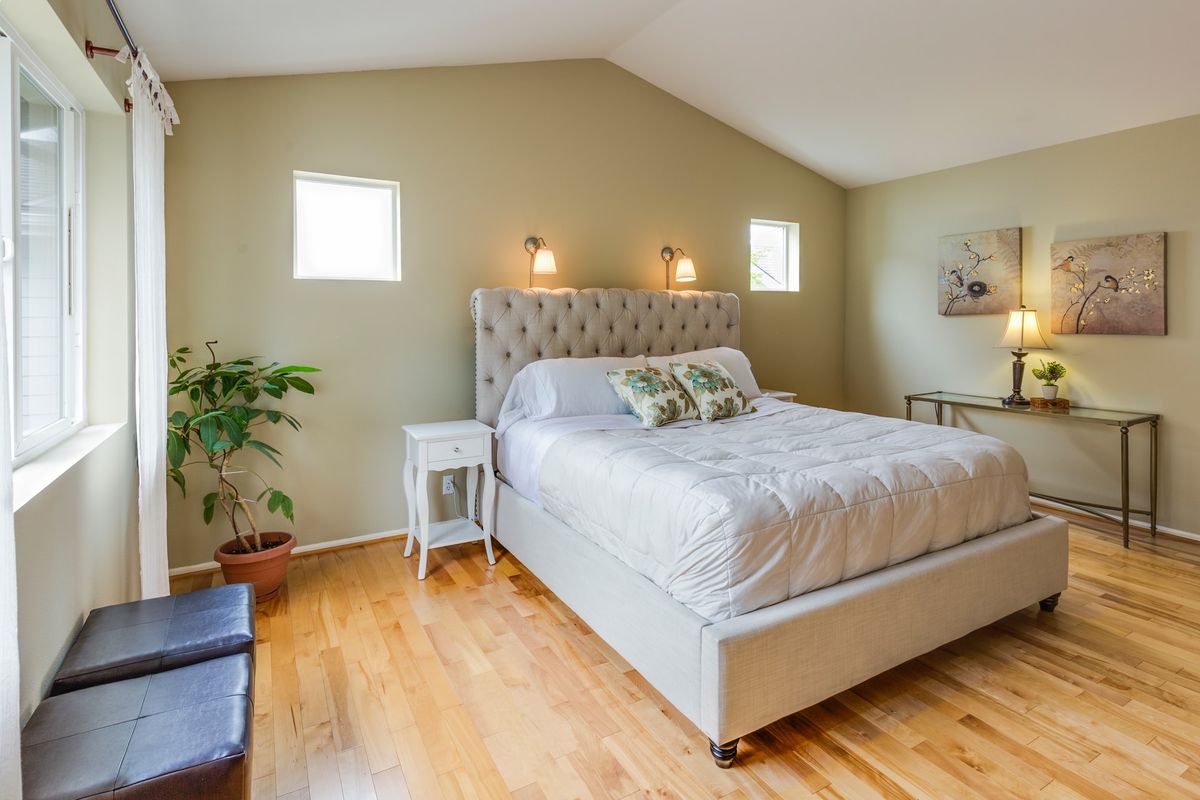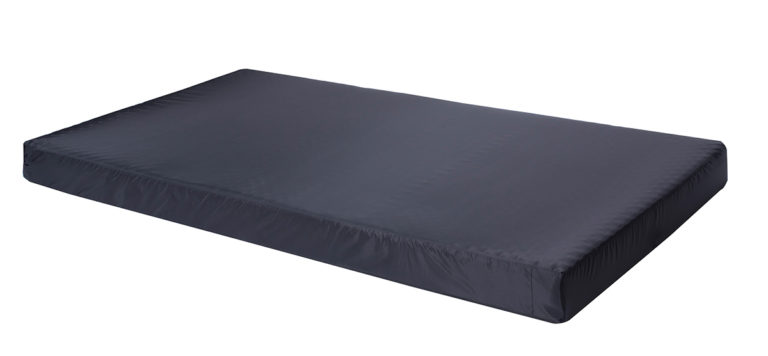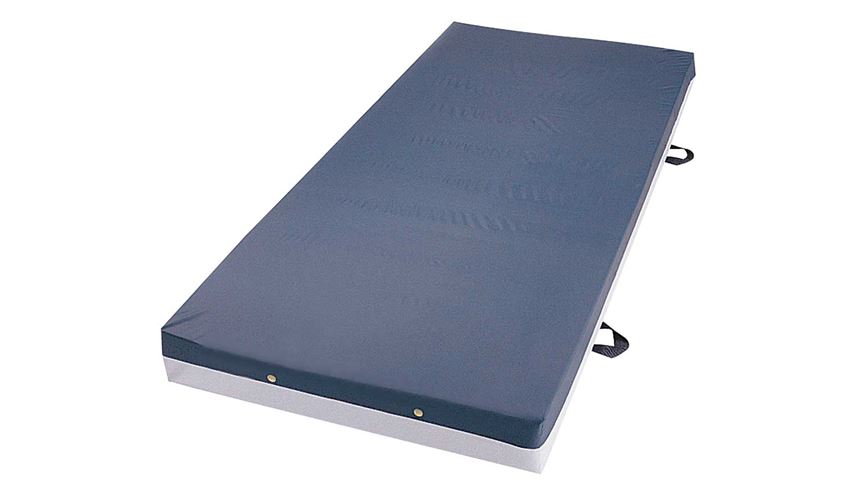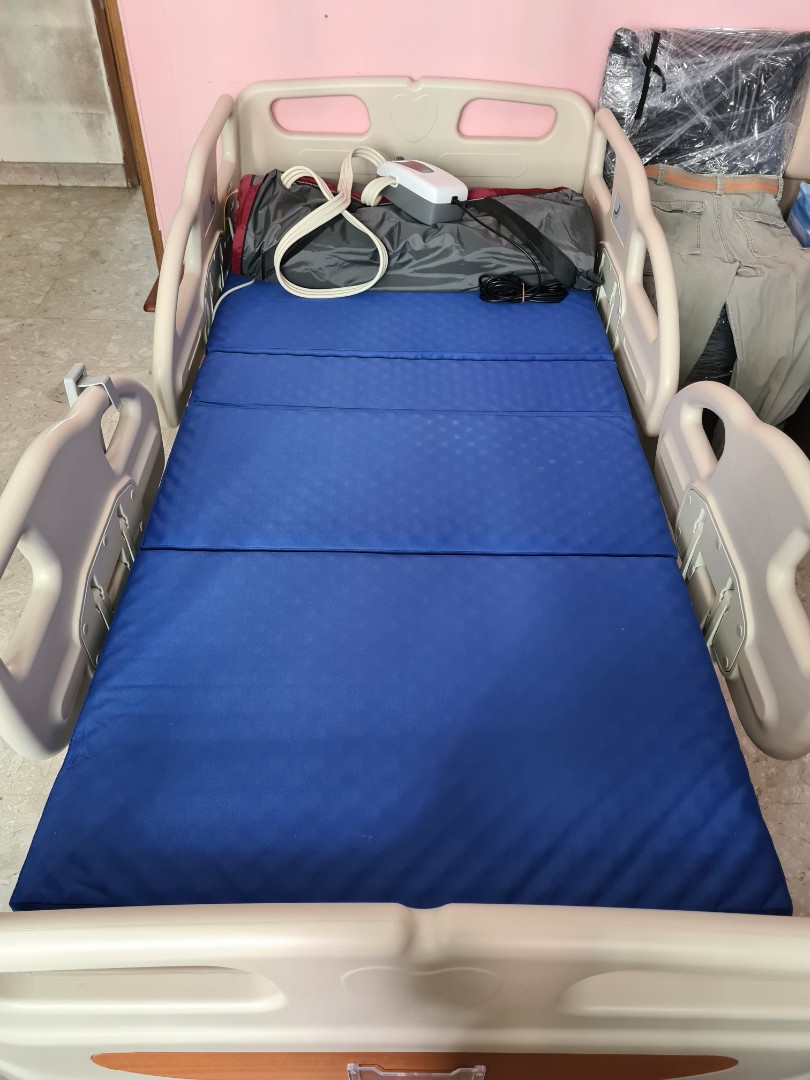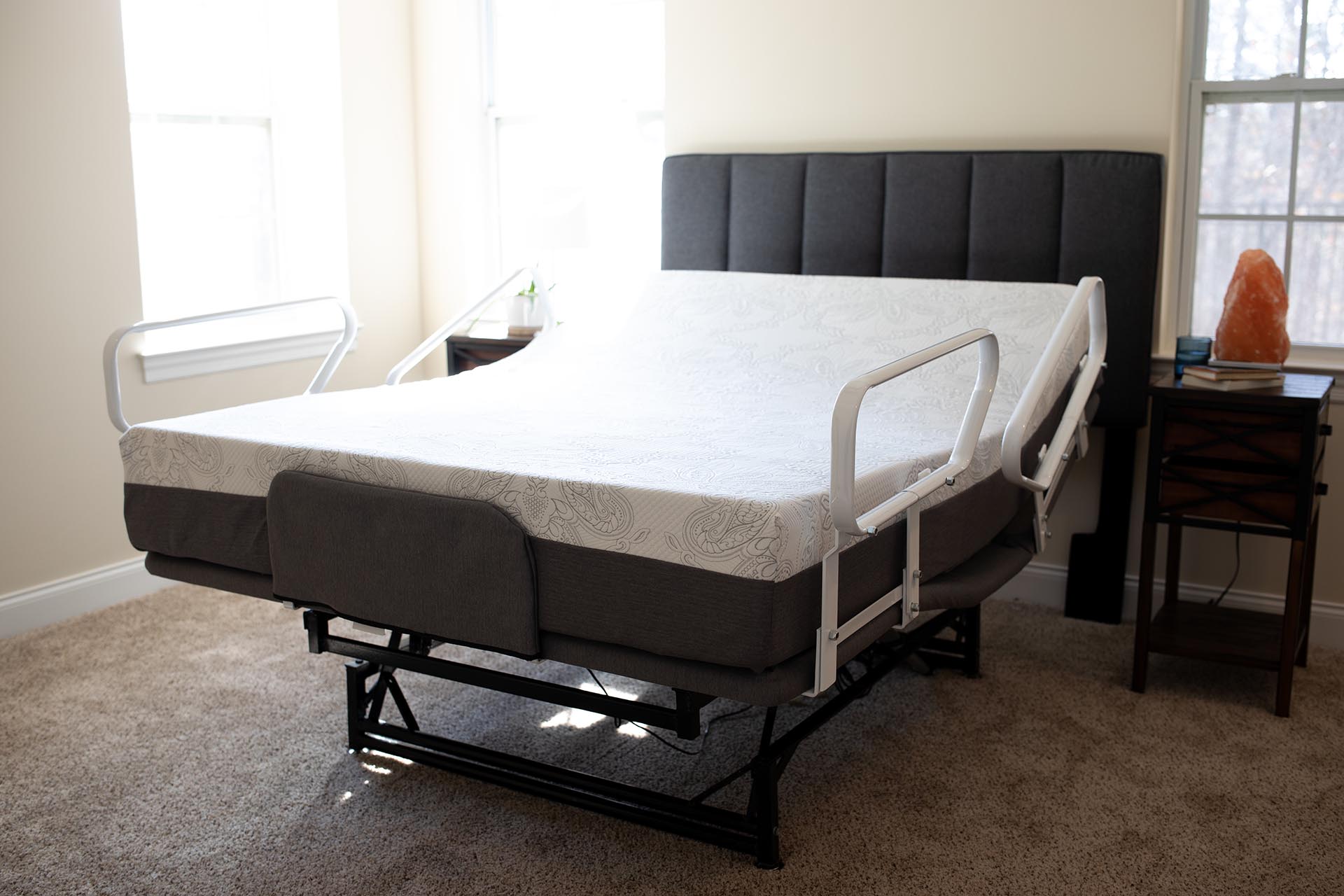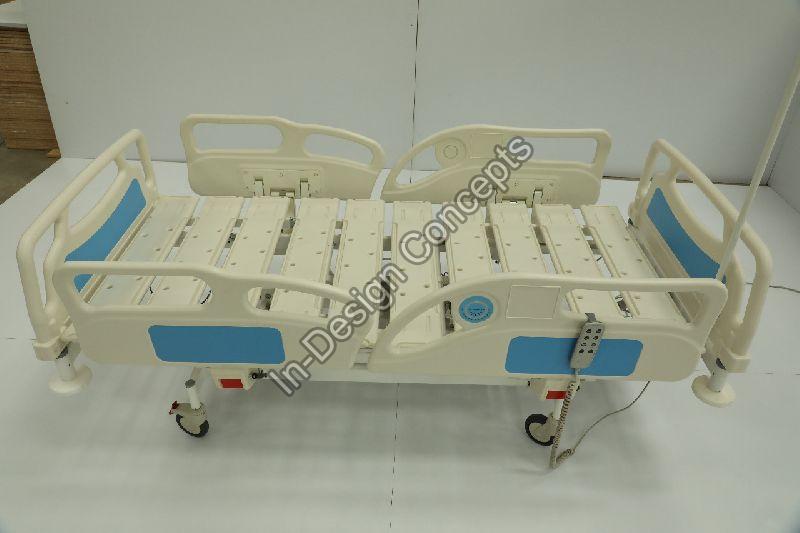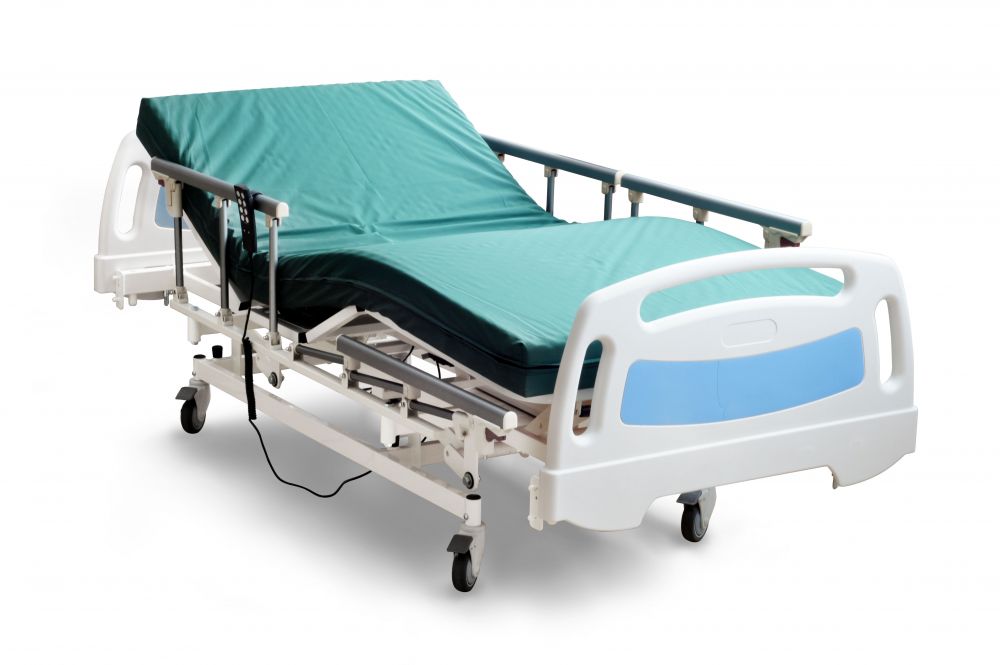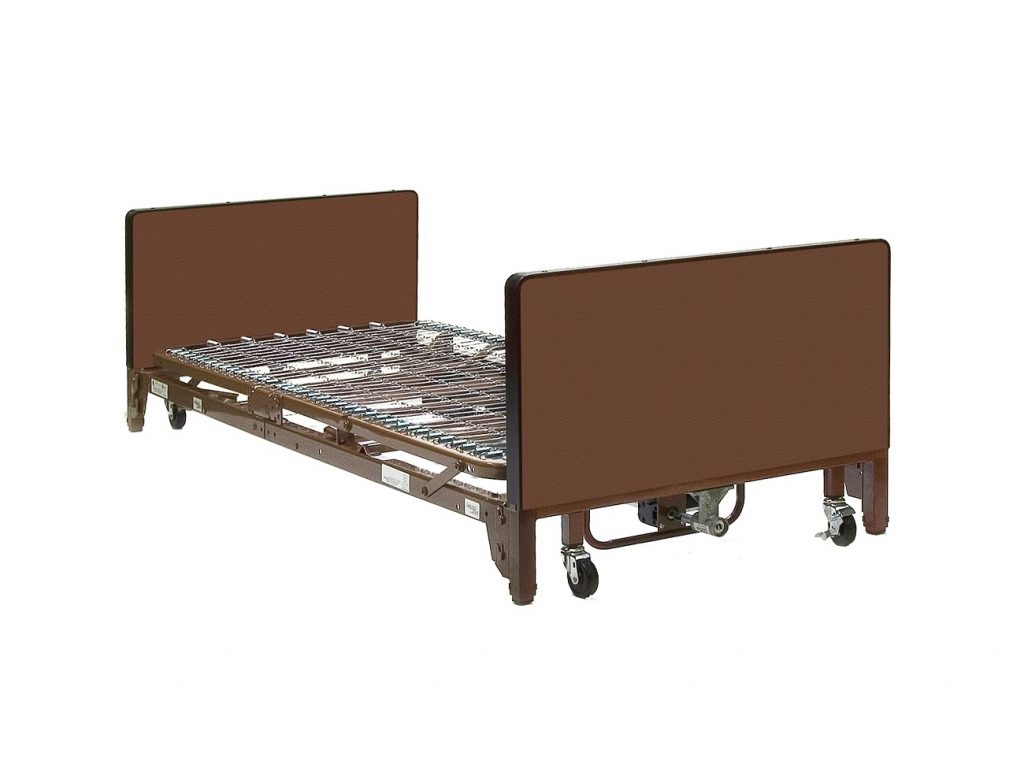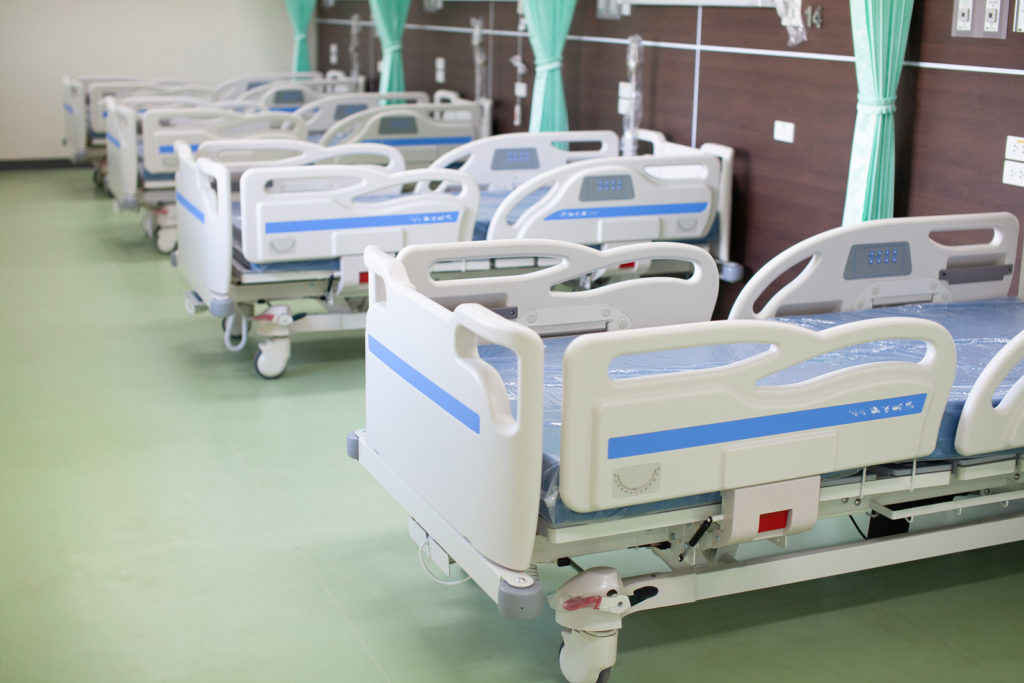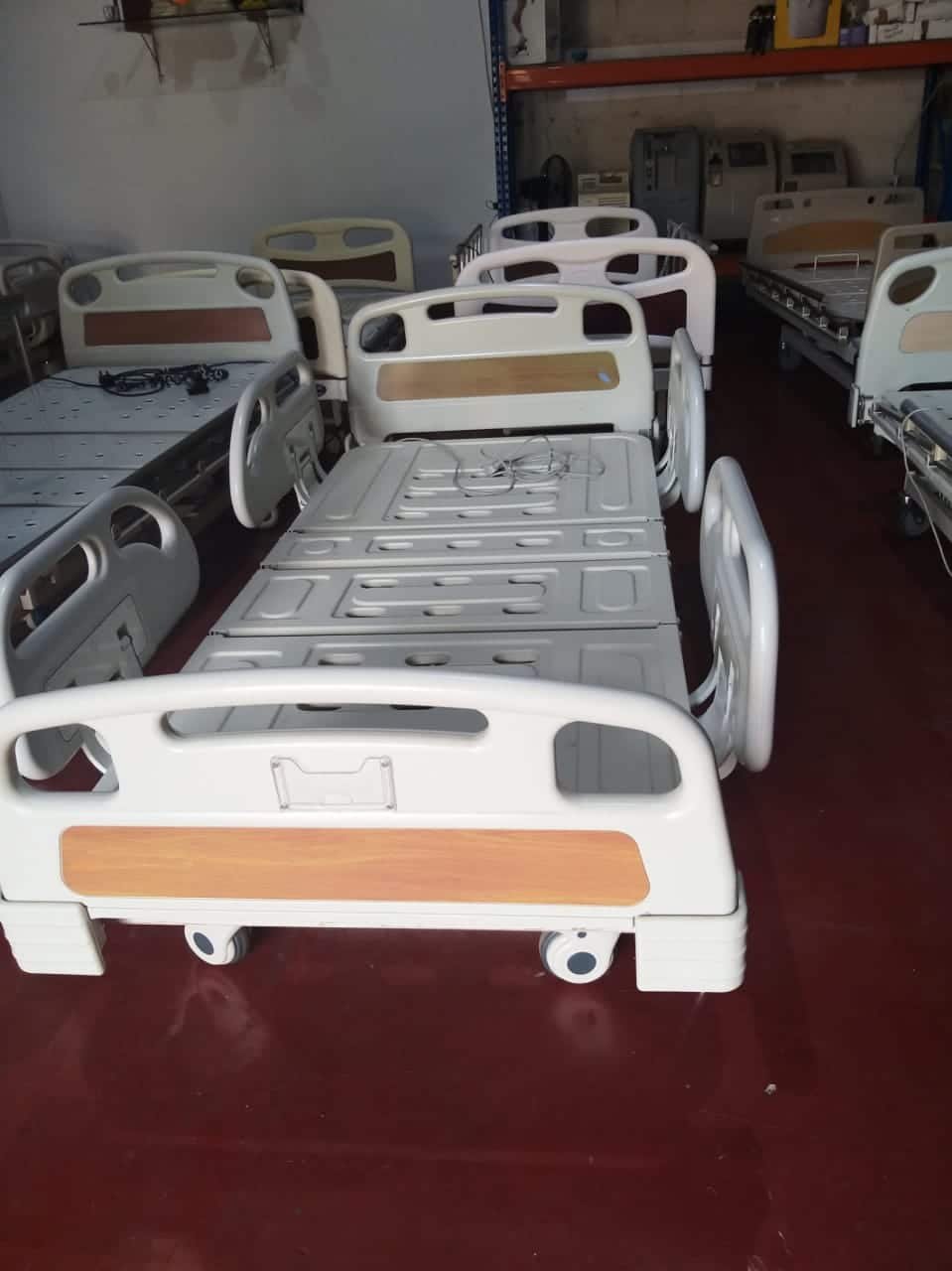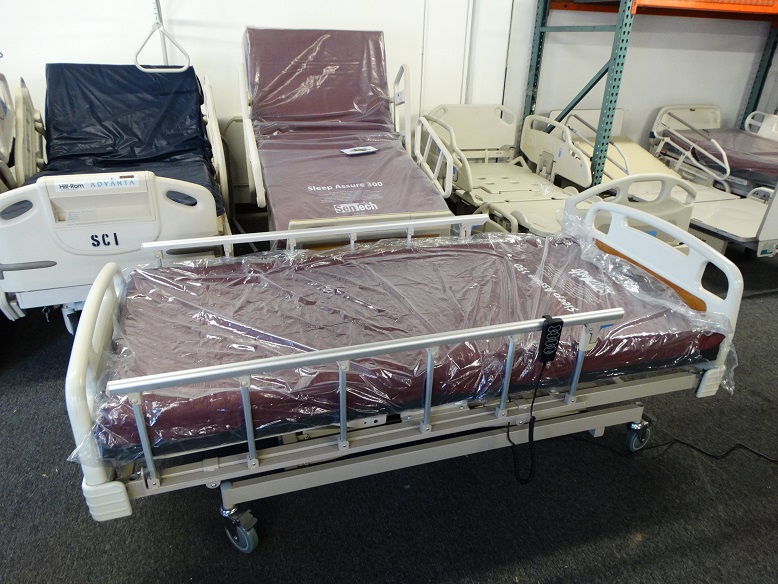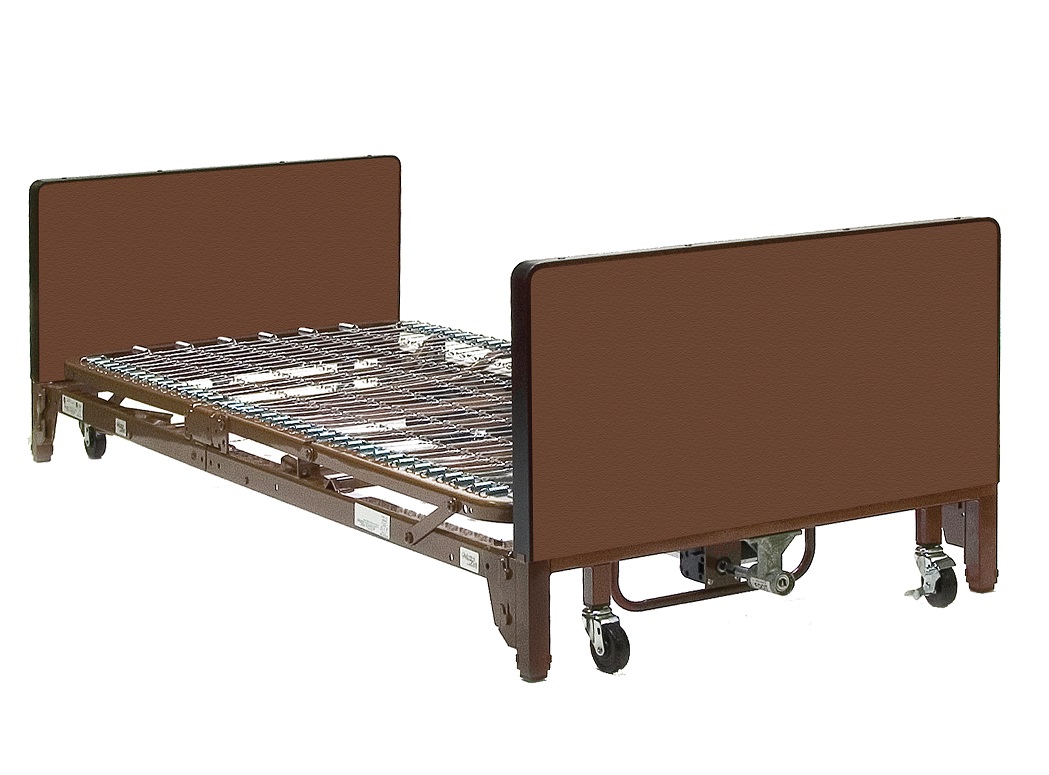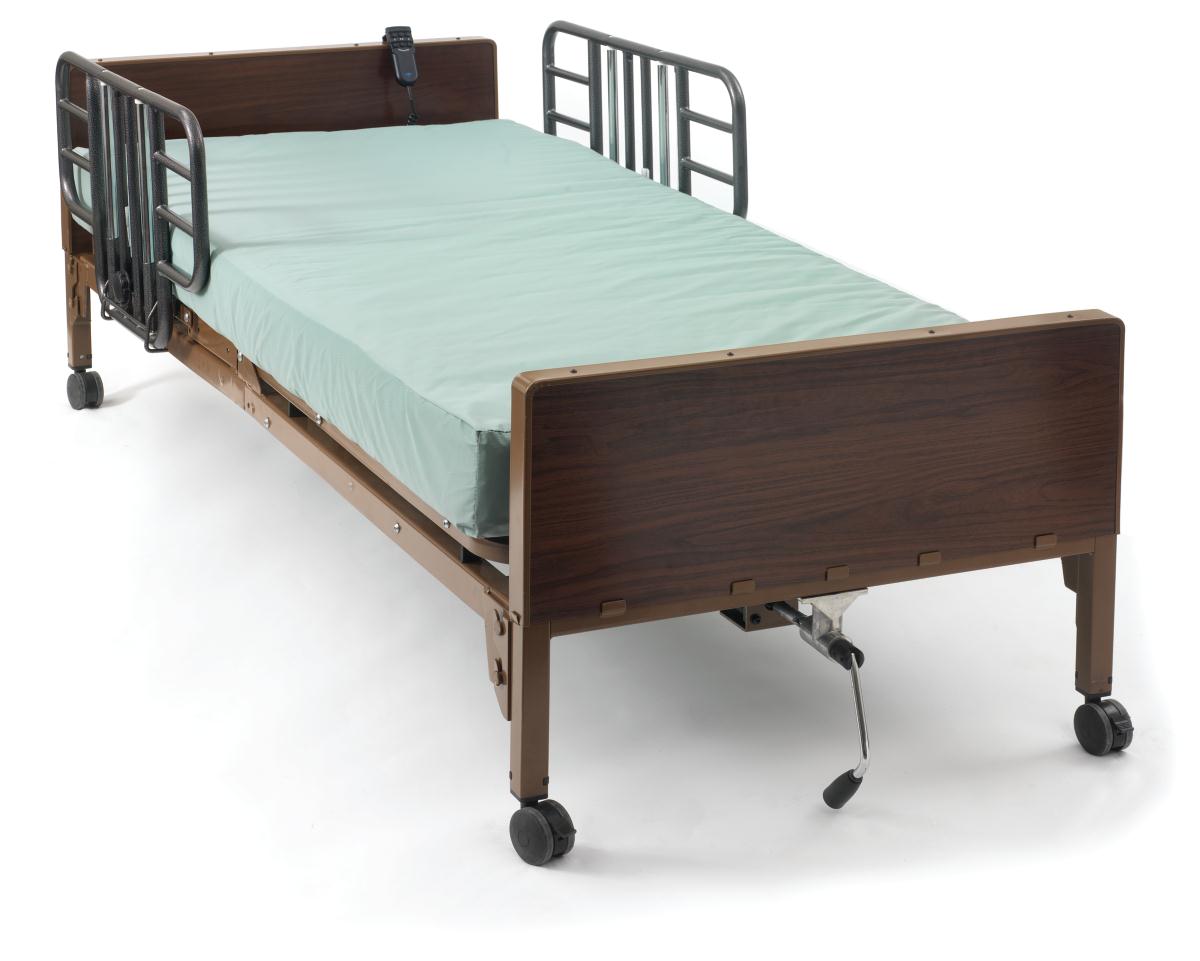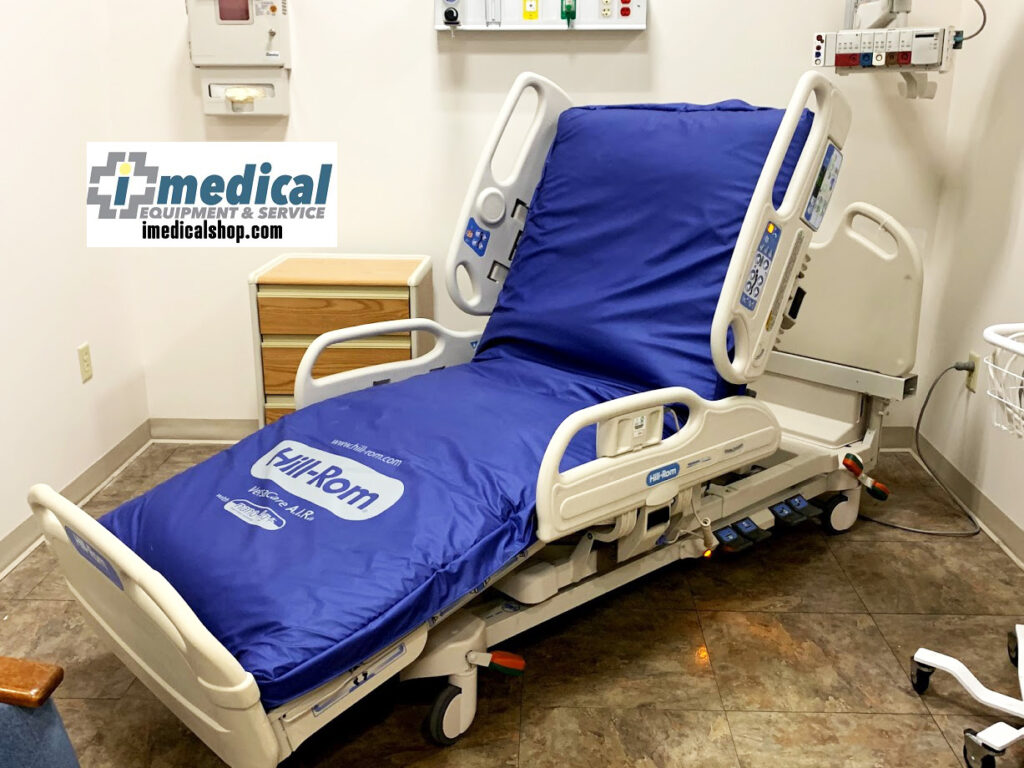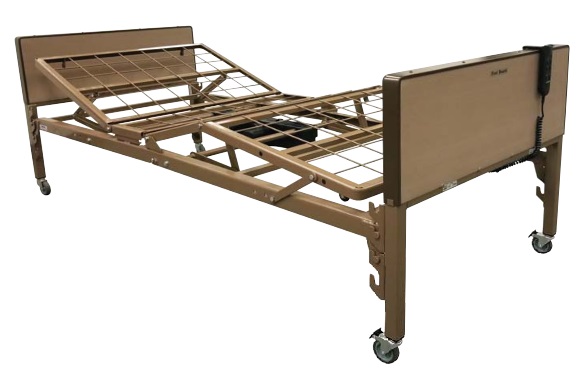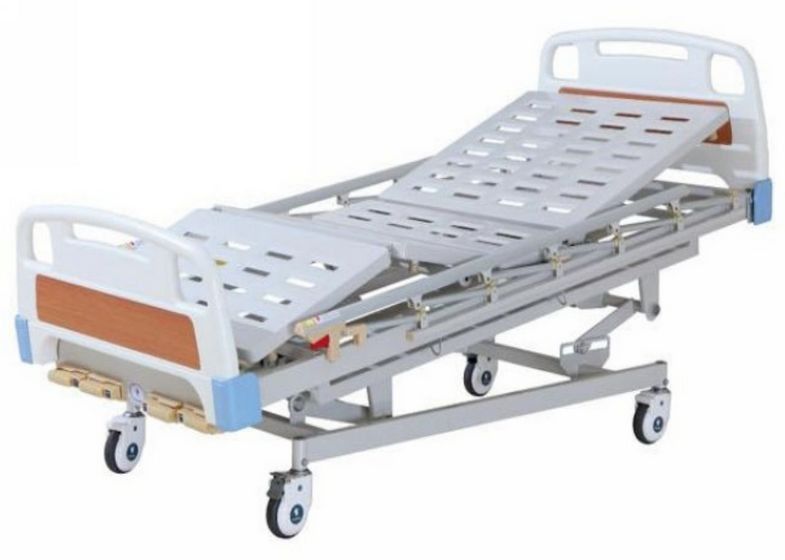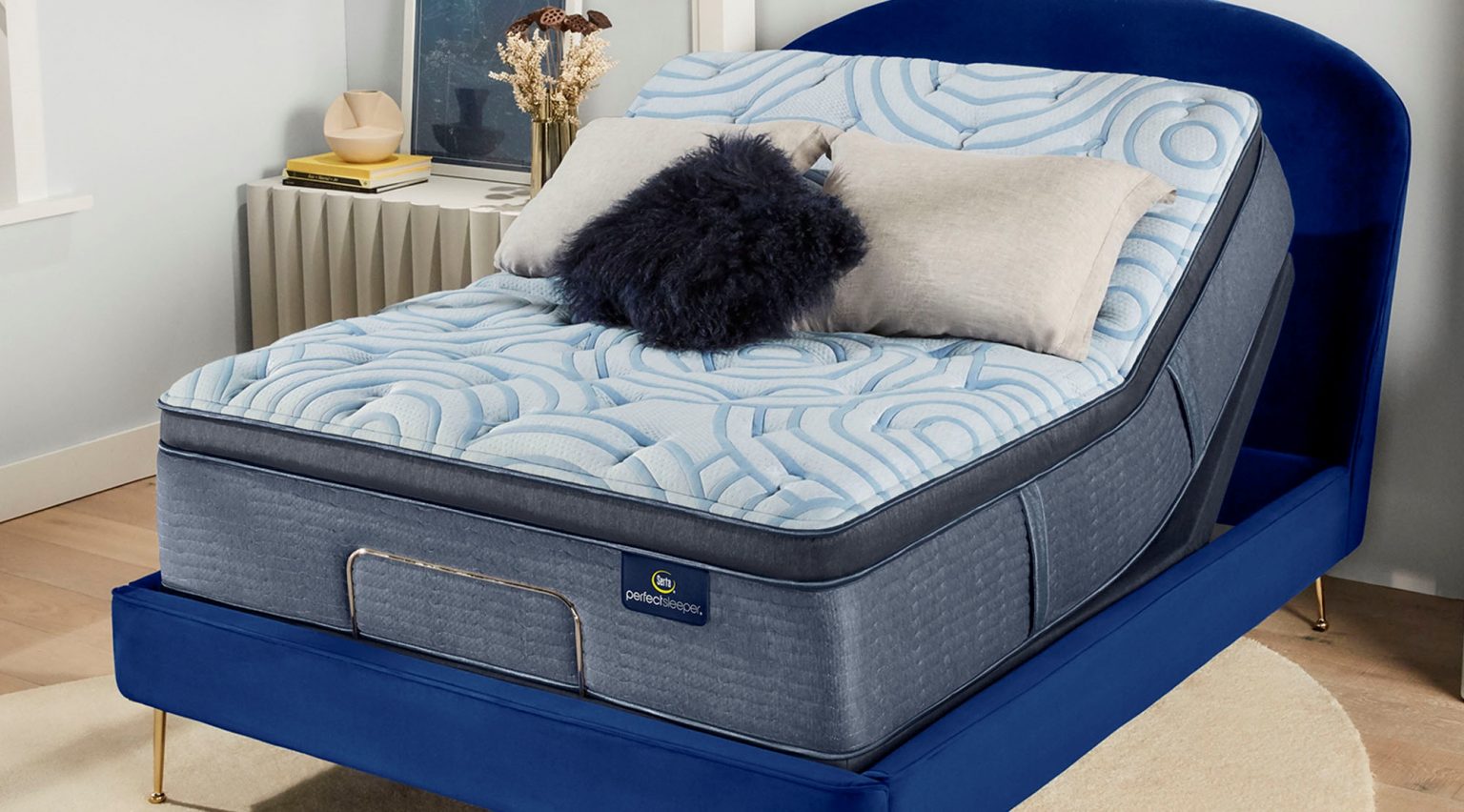One of the top options for pressure relief in hospital beds is the use of alternating pressure mattresses. These specialized mattresses are designed to constantly change the pressure points on the body, reducing the risk of pressure ulcers and promoting better circulation. The alternating pressure feature works by inflating and deflating air cells within the mattress, providing a gentle and consistent movement that helps alleviate pressure on the body. These mattresses are ideal for patients who are immobile or have limited movement, as well as those who are at a higher risk for pressure ulcers. They come in various sizes and can easily be adjusted to fit different hospital bed frames. When searching for the best alternating pressure mattress, look for features such as adjustable pressure settings, low noise levels, and easy maintenance. Investing in a high-quality alternating pressure mattress can greatly improve the comfort and health of patients in hospital beds.1. Alternating Pressure Mattresses
Another popular choice for pressure relief in hospital beds is the use of low air loss mattresses. These mattresses are designed with small air holes that allow for air to circulate throughout the mattress, providing a constant flow of air and reducing heat and moisture buildup. The low air loss feature helps to prevent skin breakdown and pressure ulcers by keeping the skin cool and dry. It is also beneficial for patients with respiratory issues, as the constant airflow can help improve breathing and reduce the risk of infections. When looking for a low air loss mattress, consider the weight capacity, ease of use, and maintenance requirements. These mattresses are also available in different sizes and can be adjusted to fit various hospital bed frames.2. Low Air Loss Mattresses
Foam mattresses are a common choice for pressure relief in hospital beds due to their ability to contour to the body and provide support. They are made from high-density foam that helps distribute weight evenly, reducing pressure on specific points of the body. These mattresses also come in different levels of firmness to cater to individual preferences and needs. Some foam mattresses also have a layer of memory foam, which can help alleviate pressure and provide extra cushioning. When considering a foam mattress for a hospital bed, look for features such as water resistance, ease of cleaning, and durability. A good foam mattress can provide both comfort and pressure relief for patients in hospital beds.3. Foam Mattresses
Similar to foam mattresses, gel mattresses use a layer of gel to provide pressure relief and support. The gel layer conforms to the body and helps distribute weight evenly, reducing pressure on vulnerable areas. Gel mattresses offer a cooler alternative to foam mattresses, as the gel helps dissipate heat and prevent moisture buildup. They are also highly durable and can provide long-term pressure relief for patients in hospital beds. When looking for a gel mattress, consider features such as gel thickness, weight capacity, and maintenance requirements. A gel mattress can be a practical and comfortable choice for pressure relief in hospital beds.4. Gel Mattresses
For patients who are overweight or obese, bariatric mattresses are a great option for pressure relief in hospital beds. These mattresses are designed with higher weight capacities and wider dimensions to accommodate larger bodies. Bariatric mattresses come in various types, including foam, gel, and alternating pressure, to cater to individual needs. They also have added features such as reinforced edges for better support and durability. When searching for a bariatric mattress, consider the weight capacity, size, and pressure relief features. Investing in a bariatric mattress can greatly improve the comfort and health of larger patients in hospital beds.5. Bariatric Mattresses
As the name suggests, pressure redistribution mattresses are designed specifically to redistribute pressure on the body and prevent the development of pressure ulcers. These mattresses use a combination of materials, such as foam, gel, and air cells, to provide maximum pressure relief. They are also equipped with features such as adjustable pressure settings, low air loss, and alternating pressure to cater to individual needs. Pressure redistribution mattresses are ideal for patients who have existing pressure ulcers or are at high risk for developing them. When considering a pressure redistribution mattress, look for features such as weight capacity, ease of use, and maintenance requirements. These mattresses can greatly improve the comfort and health of patients in hospital beds.6. Pressure Redistribution Mattresses
Aside from specialized mattresses, the type of hospital bed itself can also play a significant role in pressure relief. Adjustable hospital beds allow for multiple positions to support and relieve pressure on different areas of the body. For example, elevating the head and feet can help reduce pressure on the back and heels, while changing the bed’s height can make it easier for caregivers to assist with patient care. Some adjustable hospital beds also have a feature for Trendelenburg positioning, which can help improve circulation and reduce pressure on the lower body. When looking for an adjustable hospital bed, consider features such as weight capacity, ease of use, and adjustability options. These beds can provide comfort and pressure relief for patients in hospital beds.7. Adjustable Hospital Beds
Electric hospital beds are a popular choice for pressure relief due to their ease of use and adjustability. These beds can be easily adjusted with the push of a button, allowing for different positions to support and relieve pressure on the body. The electric feature also makes it easier for caregivers to assist with patient care, as they can adjust the bed’s height and position without manually cranking a lever. Some electric hospital beds also have a built-in massage feature, which can help promote circulation and reduce pressure on the body. When considering an electric hospital bed, look for features such as weight capacity, ease of use, and adjustability options. These beds can greatly improve the comfort and pressure relief for patients in hospital beds.8. Electric Hospital Beds
Semi-electric hospital beds offer a combination of electric and manual features. These beds can be adjusted electronically for the head and feet, but the height adjustment is done manually with a crank. While not as convenient as fully electric beds, semi-electric beds are a more budget-friendly option for pressure relief in hospital beds. They also have the added feature of being able to be manually adjusted in case of a power outage. When searching for a semi-electric hospital bed, consider features such as weight capacity, ease of use, and adjustability options. These beds can provide good pressure relief at a more affordable price point.9. Semi-Electric Hospital Beds
Manual hospital beds are the most basic option for pressure relief. These beds are adjusted manually with a crank and do not have any electric features. While not as convenient as electric or semi-electric beds, manual beds can still provide some level of pressure relief by adjusting the head and feet position. Manual beds are also the most budget-friendly option for pressure relief in hospital beds. They are ideal for patients who do not require frequent position changes or have limited mobility. When considering a manual hospital bed, look for features such as weight capacity, ease of use, and adjustability options. While not as advanced as other options, a manual bed can still provide some level of pressure relief for patients in hospital beds.10. Manual Hospital Beds
Benefits of Pressure Relieving Mattresses for Hospital Beds

Improving Patient Comfort and Health
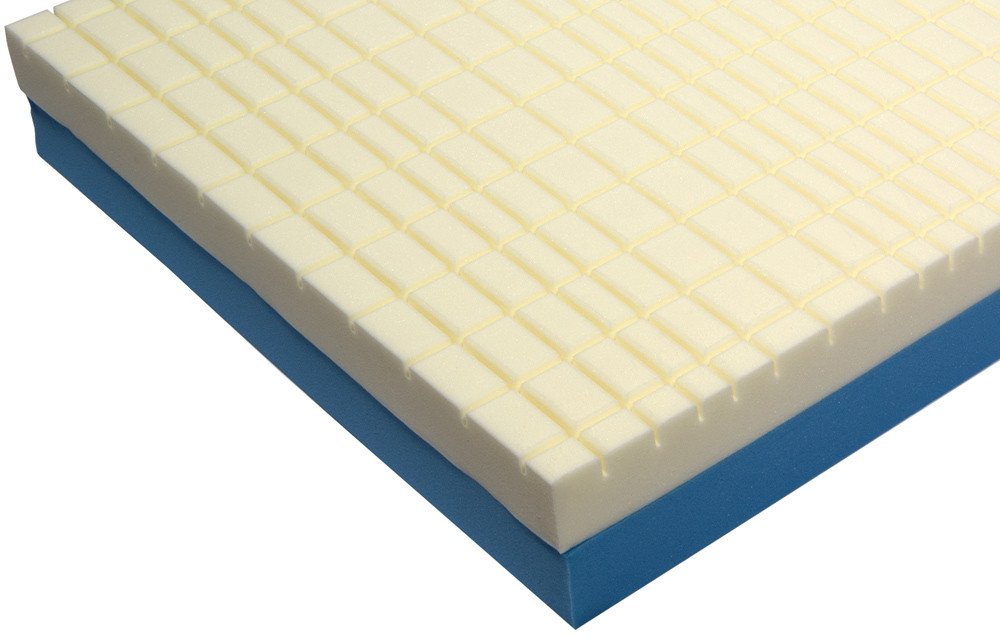 When it comes to caring for patients in a hospital setting, providing them with a comfortable and supportive bed is crucial for their overall well-being. Traditional hospital beds often have thin and uncomfortable mattresses that can cause pressure points and lead to bedsores. However, pressure relieving mattresses are specially designed to distribute weight evenly and reduce pressure on vulnerable areas of the body. This not only improves patient comfort but also helps to prevent the development of bedsores, keeping patients healthy and comfortable during their stay.
When it comes to caring for patients in a hospital setting, providing them with a comfortable and supportive bed is crucial for their overall well-being. Traditional hospital beds often have thin and uncomfortable mattresses that can cause pressure points and lead to bedsores. However, pressure relieving mattresses are specially designed to distribute weight evenly and reduce pressure on vulnerable areas of the body. This not only improves patient comfort but also helps to prevent the development of bedsores, keeping patients healthy and comfortable during their stay.
Enhancing Patient Recovery
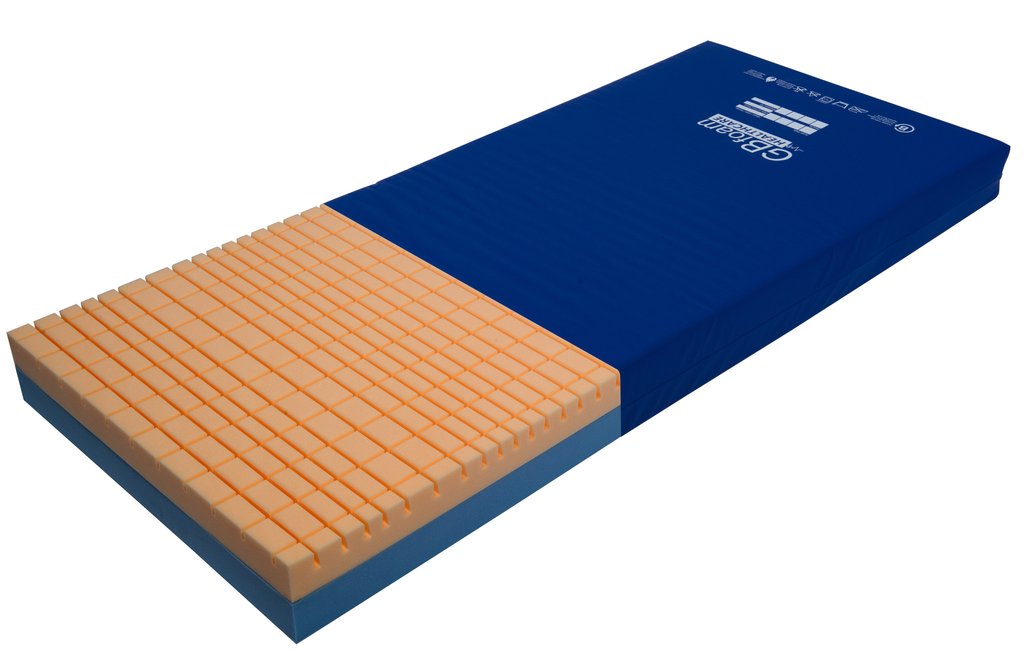 In addition to improving patient comfort, pressure relieving mattresses can also aid in patient recovery. The even weight distribution and pressure relief can help to improve blood flow and circulation, allowing oxygen and nutrients to reach injured or healing areas more effectively. This can speed up the healing process and improve overall recovery time for patients. Furthermore, the supportive nature of these mattresses can help to reduce muscle and joint pain, making it easier for patients to move and engage in physical therapy exercises.
In addition to improving patient comfort, pressure relieving mattresses can also aid in patient recovery. The even weight distribution and pressure relief can help to improve blood flow and circulation, allowing oxygen and nutrients to reach injured or healing areas more effectively. This can speed up the healing process and improve overall recovery time for patients. Furthermore, the supportive nature of these mattresses can help to reduce muscle and joint pain, making it easier for patients to move and engage in physical therapy exercises.
Reducing Caregiver Strain
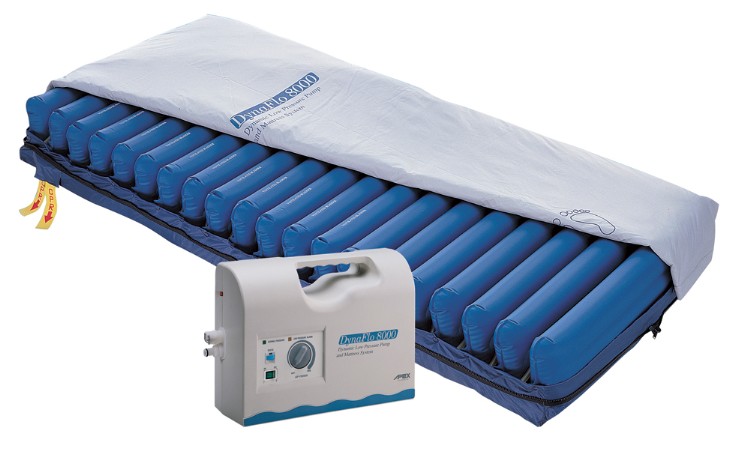 Another benefit of pressure relieving mattresses for hospital beds is the reduction of strain on caregivers. Traditional hospital beds often require frequent repositioning of patients to prevent bedsores, which can be physically taxing for caregivers. However, pressure relieving mattresses eliminate the need for constant repositioning as they distribute weight evenly and reduce the risk of pressure points. This can not only improve the working conditions for caregivers but also allow them to focus on other important tasks, ultimately improving the overall quality of care for patients.
In conclusion
, pressure relieving mattresses for hospital beds are a crucial component in providing optimal care for patients. They not only improve patient comfort and health but also aid in their recovery and reduce strain on caregivers. Investing in high-quality pressure relieving mattresses can greatly benefit both patients and caregivers, making the hospital experience more comfortable and efficient for all.
Another benefit of pressure relieving mattresses for hospital beds is the reduction of strain on caregivers. Traditional hospital beds often require frequent repositioning of patients to prevent bedsores, which can be physically taxing for caregivers. However, pressure relieving mattresses eliminate the need for constant repositioning as they distribute weight evenly and reduce the risk of pressure points. This can not only improve the working conditions for caregivers but also allow them to focus on other important tasks, ultimately improving the overall quality of care for patients.
In conclusion
, pressure relieving mattresses for hospital beds are a crucial component in providing optimal care for patients. They not only improve patient comfort and health but also aid in their recovery and reduce strain on caregivers. Investing in high-quality pressure relieving mattresses can greatly benefit both patients and caregivers, making the hospital experience more comfortable and efficient for all.

